If you've ever taken one bite of that iconic crimson-colored chicken emerging from a clay tandoor oven — smoky, spicy, and succulent — then you know just how magical tandoori chicken can be. But what if we told you that you don't need a special oven or a street-side vendor in Delhi to make it? In fact, with the right spices and techniques, you can recreate this legendary dish in your own kitchen.
Table of Contents
- Introduction to Tandoori Chicken
- The Essential Spice Mix for Authentic Flavor
- Why Marination Time Matters
- How to Fake a Tandoor at Home
- Buying Guide: Must-Have Tools & Spices
- Frequently Asked Questions
- Conclusion: Elevate Your Home Kitchen Game
Introduction to Tandoori Chicken
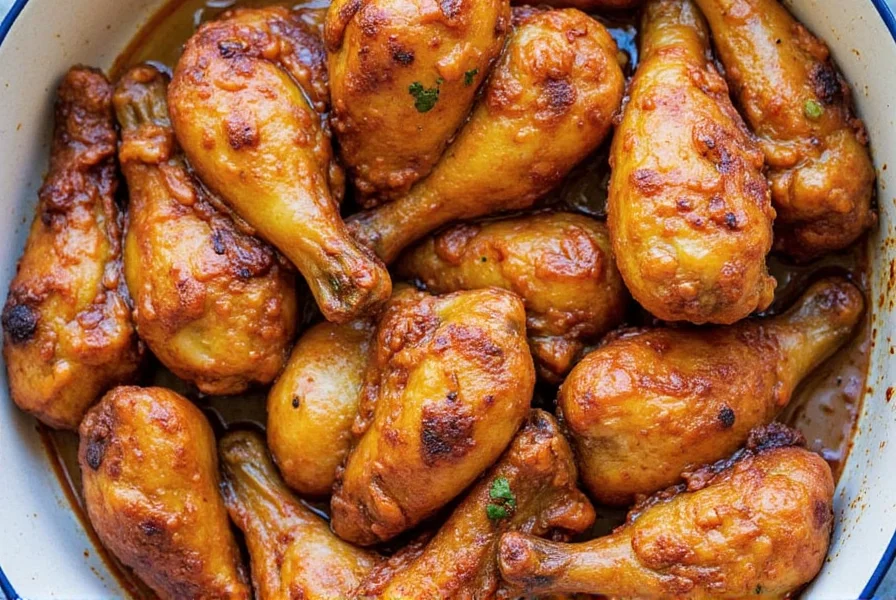
Tandoori chicken, often referred to as chicken tikka or tandoori murgh, is a classic Indian dish known for its vibrant red color, deep smoky aroma, and bold flavor profile. It's traditionally cooked in a cylindrical clay oven called a tandoor, which imparts a unique char and tenderness.
The base ingredients are simple: boneless chicken pieces marinated in a spiced yogurt mixture and grilled until slightly blackened on the edges. But the real magic lies in the balance of spices and technique.
What Makes It So Special?
It's not just the heat of chili powder or the richness of ghee; it's the way each ingredient complements the other:
- Greek yogurt tenderizes the chicken while balancing out the fiery spices.
- Kashmiri chili gives it that signature red hue without too much heat.
- Smoked paprika or charred onion paste mimics the tandoor's earthy flavor indoors.
The Essential Spice Mix for Authentic Flavor
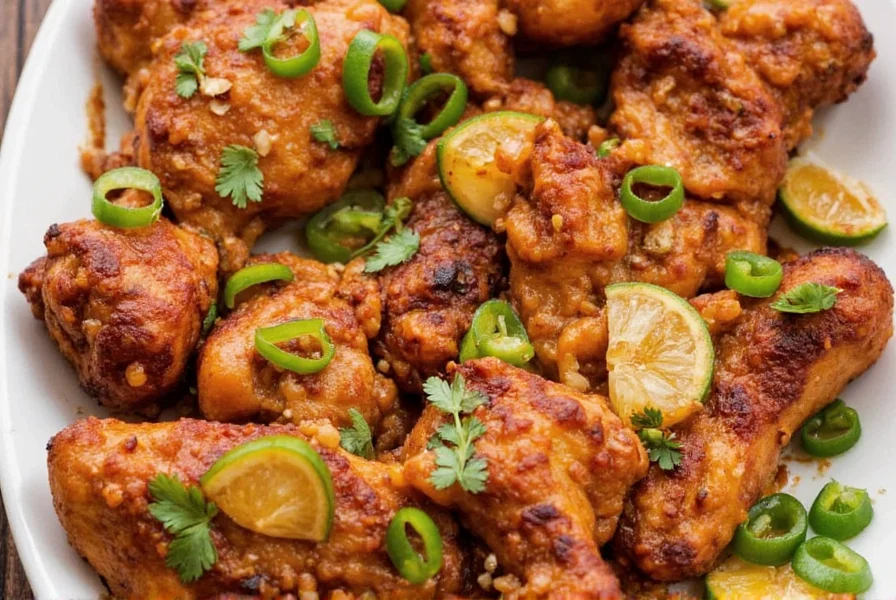
Let's break down the core components of a classic tandoori masala blend:
| Spice | Purpose | Flavor Notes |
|---|---|---|
| Cumin | Base flavor enhancer | Earthy, warm, nutty |
| Coriander Powder | Balances heat, adds depth | Sweet, citrusy |
| Kashmiri Chili | Color and mild heat | Fruity, smoky |
| Garlic Paste | Umami layer | Pungent, savory |
| Ginger Paste | Sharpens flavor | Peppery, fresh |
| Smoked Paprika | Simulates tandoor smoke | Earthy, woody |
Pro Tip: Make Your Own Tandoori Masala Blend
Mix the following in a small bowl:
- 2 tbsp Kashmiri chili powder
- 1 tbsp ground cumin
- 1 tbsp ground coriander
- 1 tsp smoked paprika
- 1 tsp garam masala
- 1/2 tsp turmeric
- 1 tbsp crushed garlic
- 1 tbsp grated ginger
This blend works great as a marinade base or dry rub for other meats and veggies!
Why Marination Time Matters
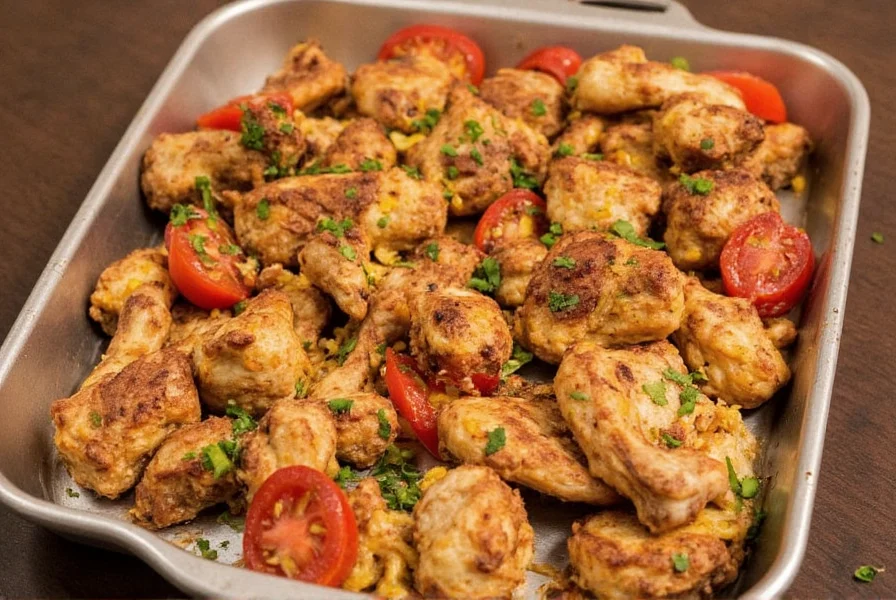
Marinating isn't just about flavor — it's a science. The yogurt acts as a natural meat tenderizer, breaking down proteins so the chicken stays juicy even after grilling or roasting.
Here's how long you should marinate based on your cooking method:
| Cooking Method | Recommended Marination Time | Result |
|---|---|---|
| Grill or Broiler | 4–6 hours | Great flavor, moderate tenderness |
| Oven (Bake + Broil) | 8–12 hours | Deeper penetration, juicier texture |
| Slow Cooker | 12–24 hours | Super soft, melt-in-mouth |
Secret Hack: Add Lemon Juice
A splash of lemon juice helps activate the enzymes in the yogurt, speeding up the tenderizing process. Just add 1–2 teaspoons to your marinade for a brighter finish and faster results.
How to Fake a Tandoor at Home
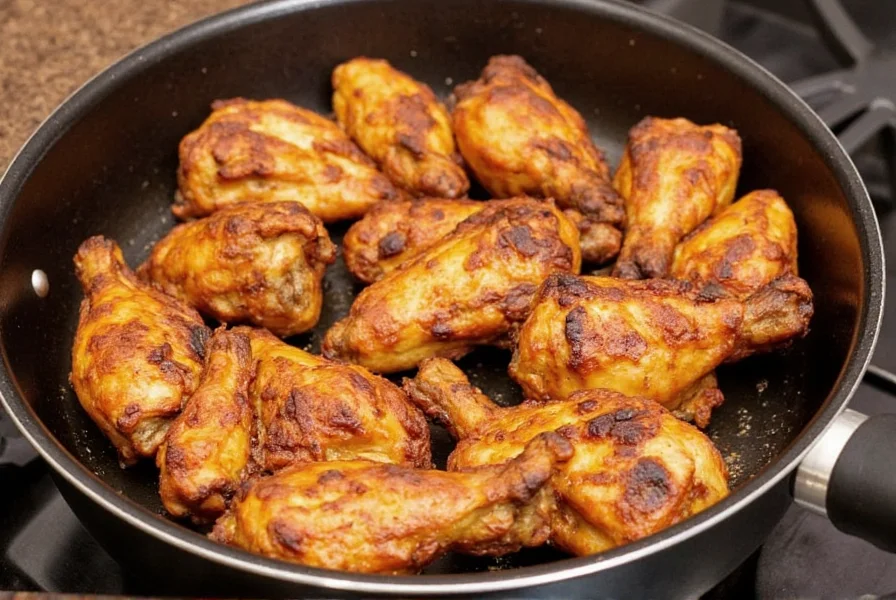
You don't need a tandoor oven to get that signature sear and smokiness. Here are a few clever hacks to simulate the tandoor effect using common kitchen appliances:
Option 1: Broiler Magic
- Preheat broiler to high.
- Place chicken skewers close to the heating element (but not touching).
- Cook for 5–7 minutes per side until charred edges appear.
Option 2: Cast Iron Char
- Heat a cast iron skillet until very hot.
- Add skewered or cubed chicken directly into the pan.
- Cover with a lid and let steam cook for 8–10 minutes before charring the outside.
Option 3: Smoke Infusion Trick
- In a pan on the stove, heat a few wood chips (like hickory or mesquite) until smoking.
- Place chicken in a heat-safe container inside your oven, then close the door and let sit for 10 minutes to infuse flavor.
Buying Guide: Must-Have Tools & Spices
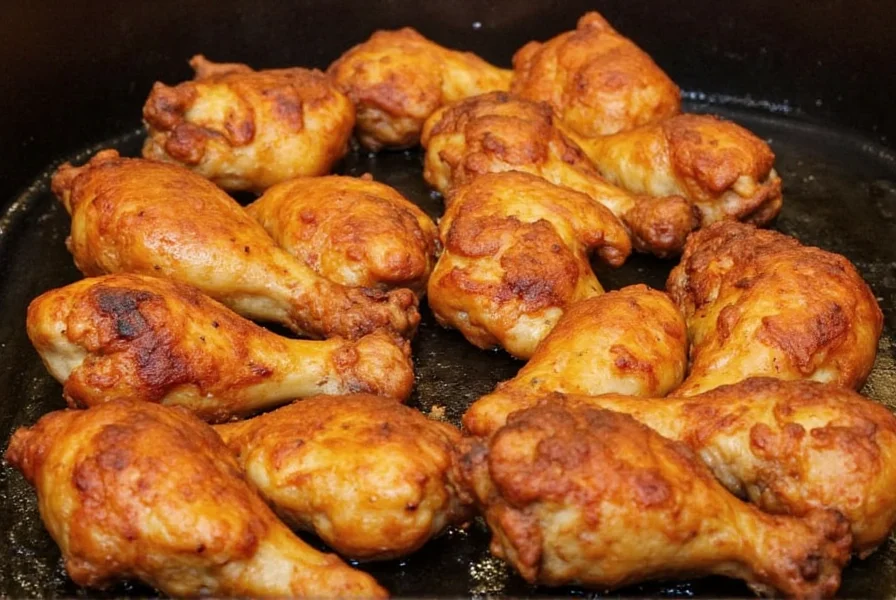
To make authentic tandoori chicken at home, you'll want a few key items. Below is a curated list of recommended products:
Essential Tools
- Cast Iron Skillet: Retains heat perfectly for charring and caramelization.
- Skewers (metal preferred): Ensures even cooking and easy flipping.
- Meat Thermometer: Prevents overcooking by checking internal temperature (target: 165°F).
- Handheld Blender or Food Processor: For grinding fresh ginger/garlic or blending spices.
Spice Must-Haves
| Product | Features | Use Case | Best For |
|---|---|---|---|
| Kashmiri Chili Powder | Vibrant red color, low heat | Colorful marinades and sauces | Beginners and food stylists |
| Smoked Paprika | Imparts smoky aroma | Dry rubs, marinades | Char lovers |
| Homemade Garam Masala | Customizable warmth | Finishing touch on dishes | Advanced cooks |
| Full-Fat Greek Yogurt | Natural tenderizer | Marinades, dips | All skill levels |
Where to Buy?
- Spice Brands: Try Everest, MDH, or Art of Spice for authenticity.
- Kitchen Gear: Lodge for cast iron, OXO for thermometers.
- Wood Chips: Amazon or local BBQ shops offer a variety like applewood and mesquite.
Frequently Asked Questions
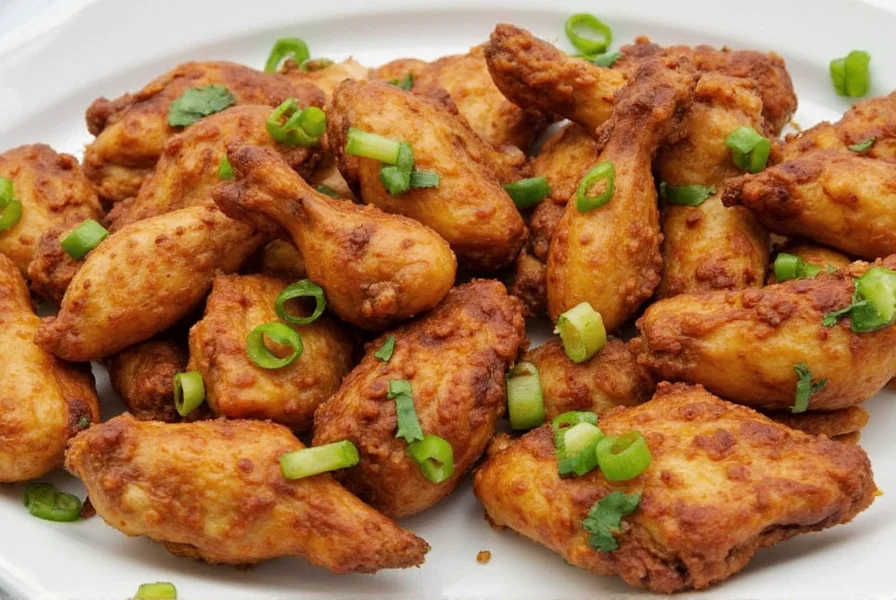
Why is my tandoori chicken dry?
Cause: Overcooking or under-marinating.
Solution: Keep an eye on the time and use a meat thermometer. Also, increase marination duration to at least 8 hours for better moisture retention.
Why doesn't my tandoori chicken have the characteristic red color?
Cause: Using regular chili instead of Kashmiri chili.
Solution: Swap in Kashmiri chili for color, or add a pinch of beetroot powder for a pop of red without altering the flavor profile significantly.
Why is my tandoori chicken too spicy?
Cause: Overloading on generic chili powders.
Solution: Use Kashmiri chili or mix in additional garam masala to mellow the heat while maintaining authentic flavor.
How can I get smoky flavor without a tandoor oven?
Cause: Cooking in a standard oven without smoke elements.
Solution: Try the wood chip trick mentioned earlier, or finish under a broiler for slight char that mimics tandoor cooking.
How long should I marinate tandoori chicken for best results?
For optimal texture and flavor penetration, marinate for 8-12 hours. While 4-6 hours will work for quicker meals, the extended time allows the yogurt's enzymes to properly tenderize the chicken and for spices to fully infuse the meat. Never marinate for less than 2 hours as this won't yield the characteristic tenderness.
Can I make tandoori chicken without a grill or broiler?
Absolutely. Use your conventional oven at the highest temperature setting (425°F/220°C), bake for 15-20 minutes until nearly cooked through, then switch to broil for 2-3 minutes to achieve the signature char. Alternatively, use the cast iron method described in the article for excellent results on your stovetop.
Conclusion: Elevate Your Home Kitchen Game
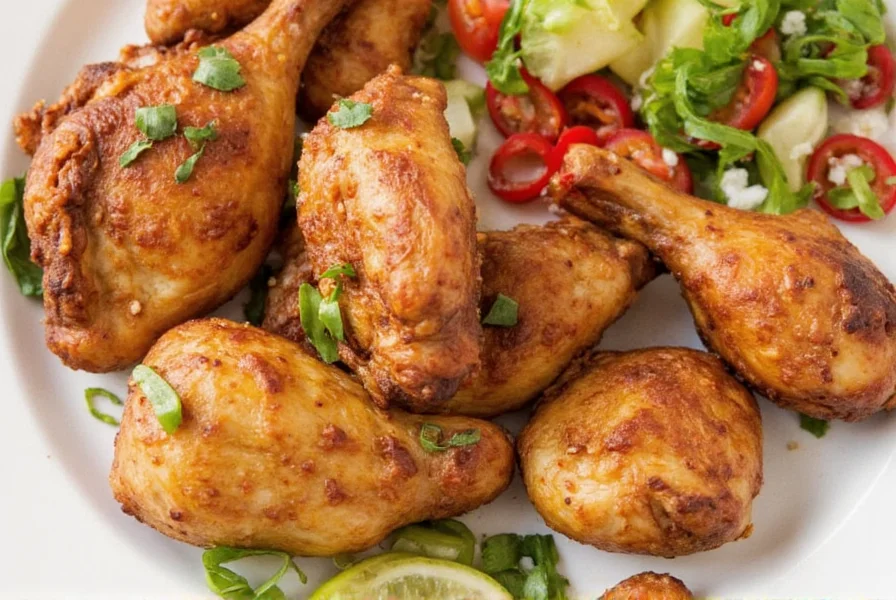
Cooking tandoori chicken at home doesn't have to feel intimidating or inaccessible. With the right combination of spices, smart marination, and a few kitchen tricks, you can bring that tandoor flavor straight to your dining table — no clay oven required.
So next time you're craving that smoky, tangy, spiced-up goodness, reach for your spices and skillet and give this recipe a go. Whether you're impressing guests or treating yourself, mastering tandoori chicken will elevate your cooking game and ignite your love for global flavors.
Ready to fire things up?

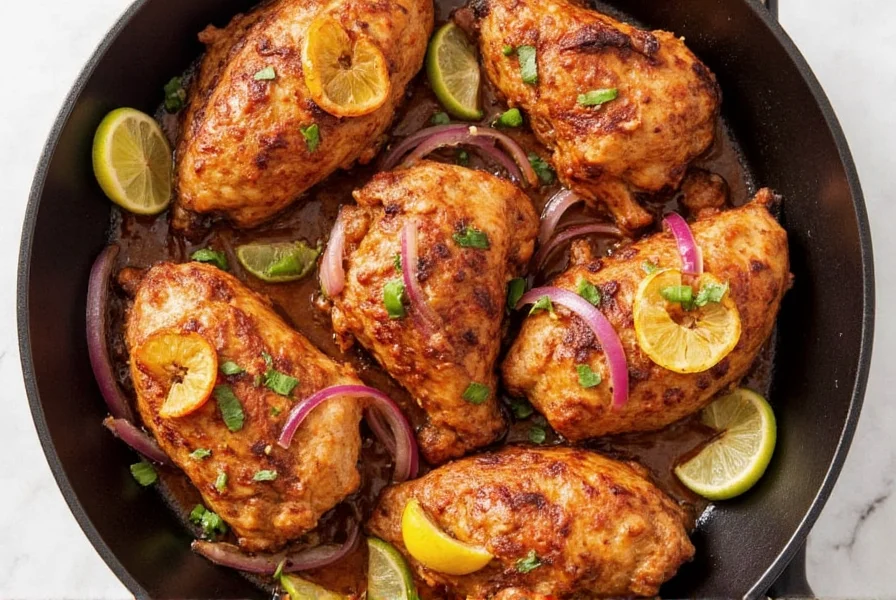









 浙公网安备
33010002000092号
浙公网安备
33010002000092号 浙B2-20120091-4
浙B2-20120091-4